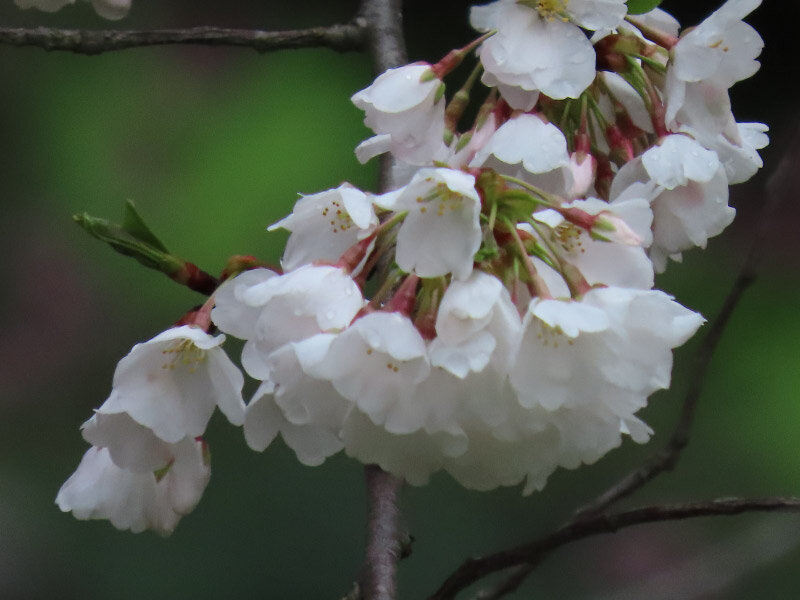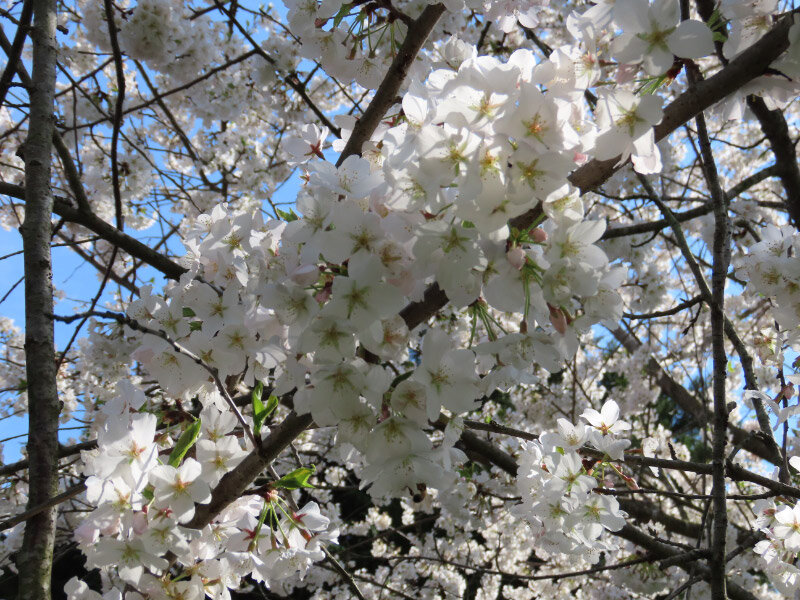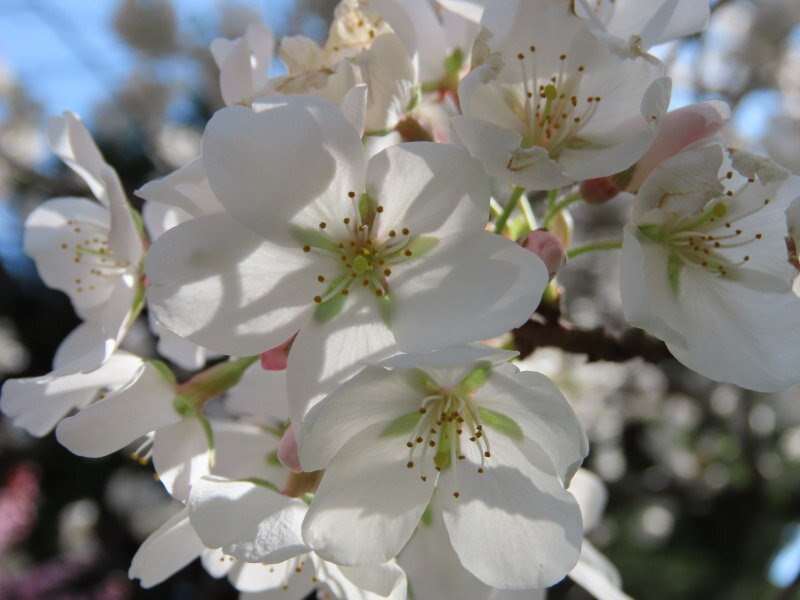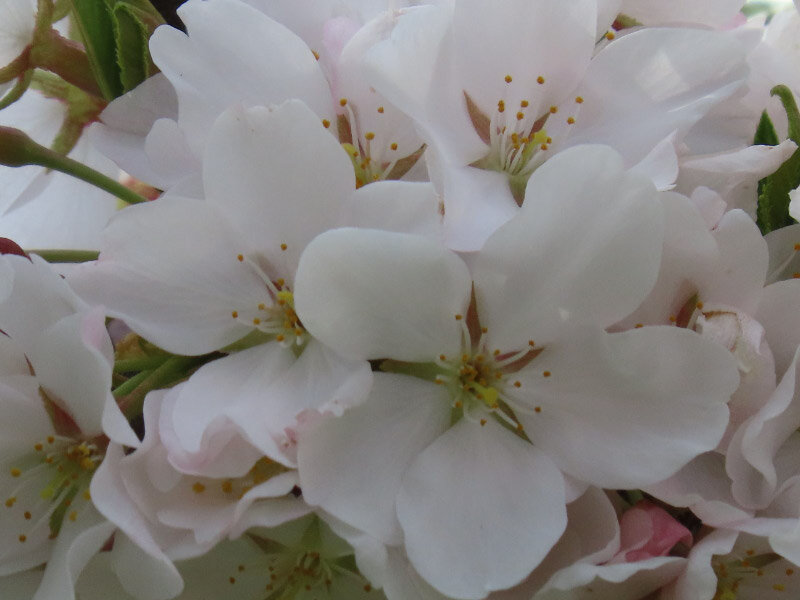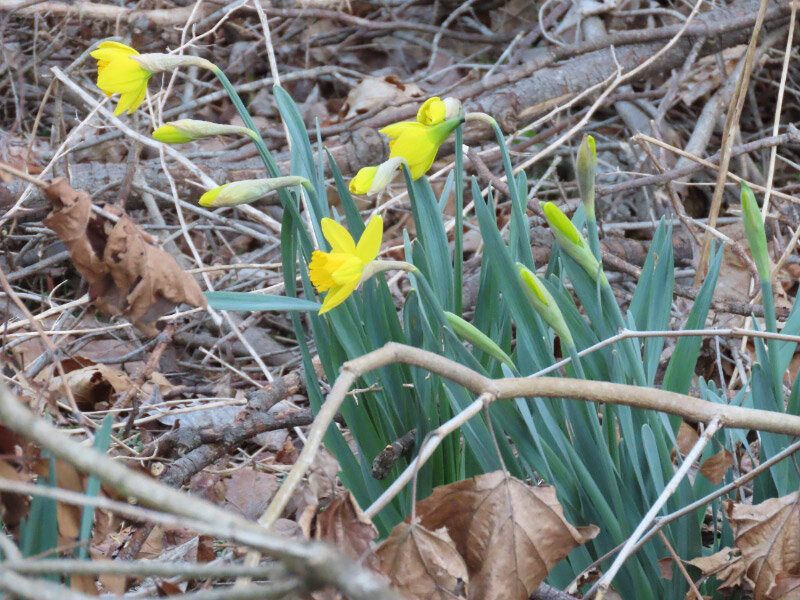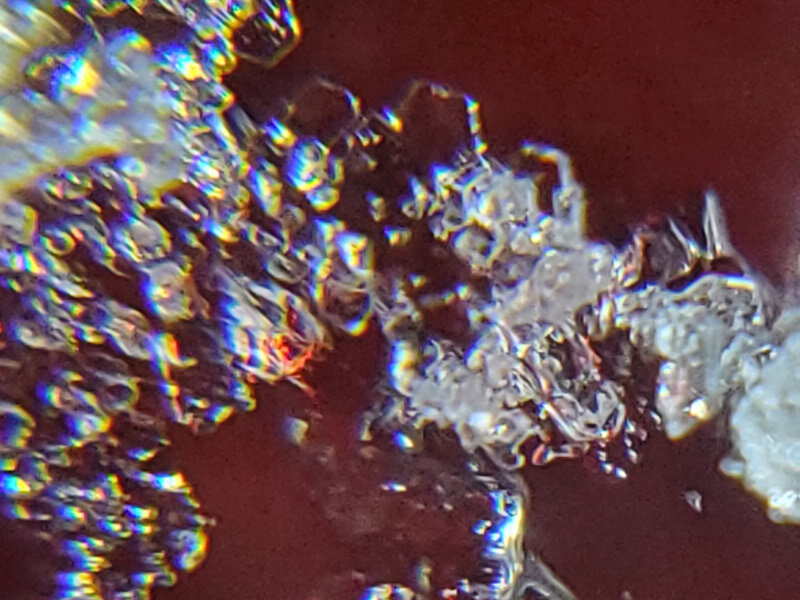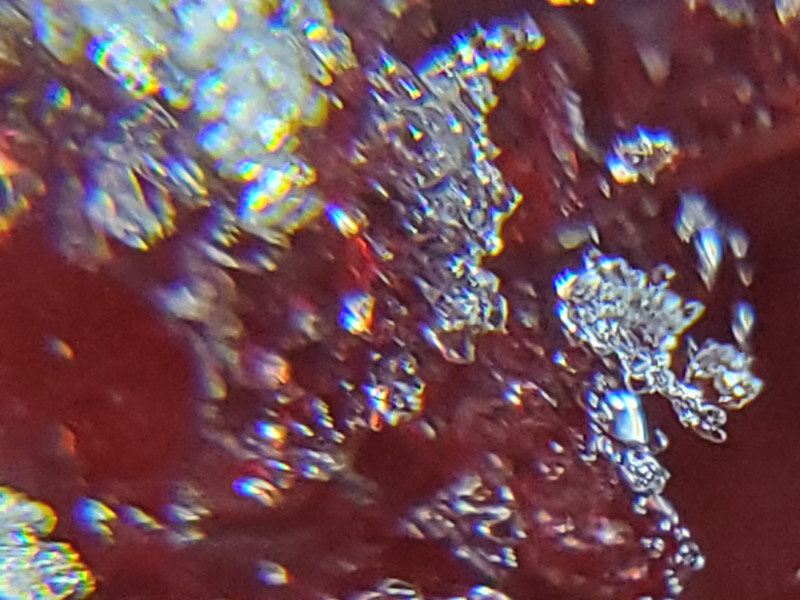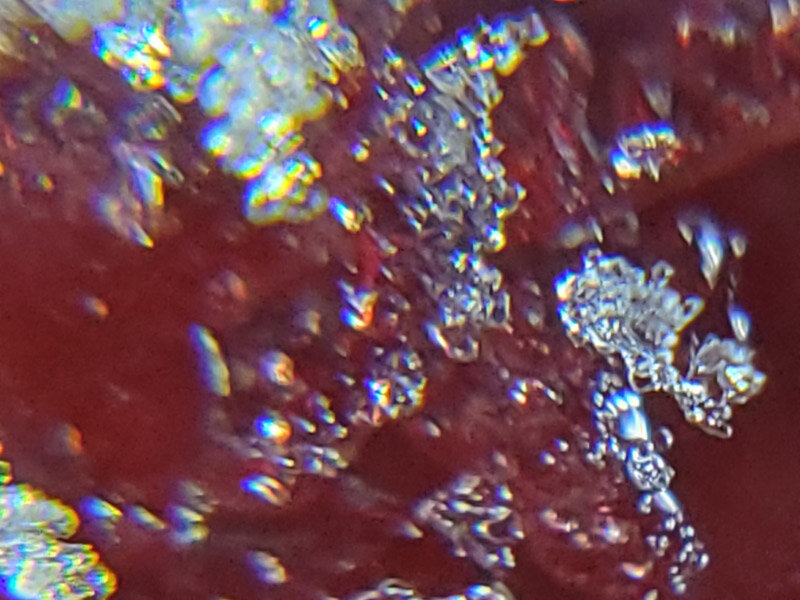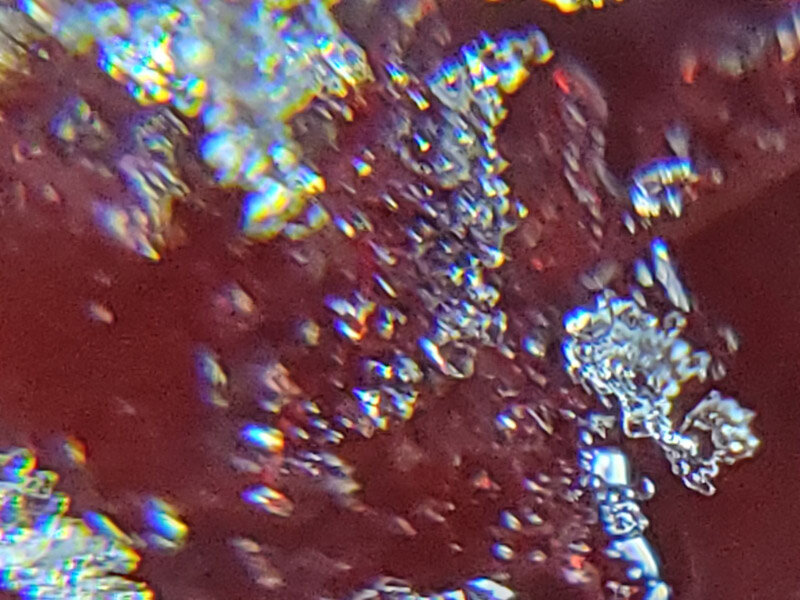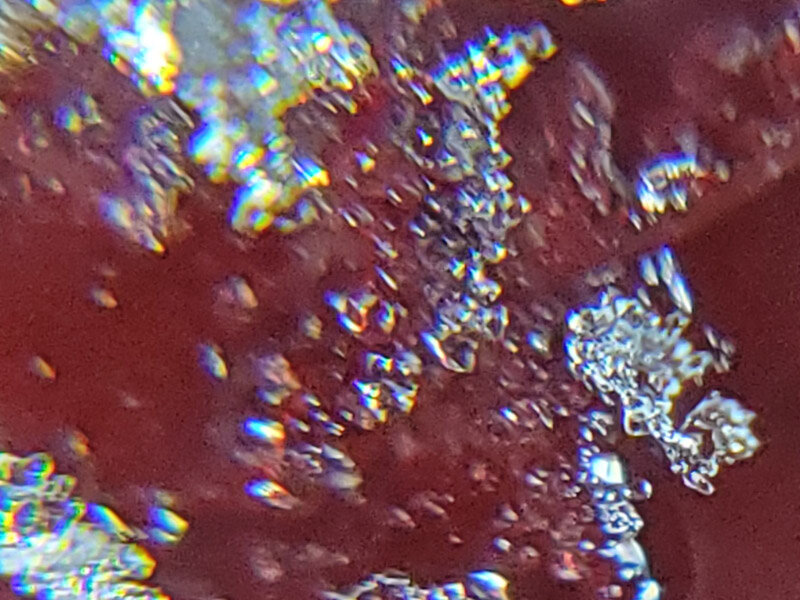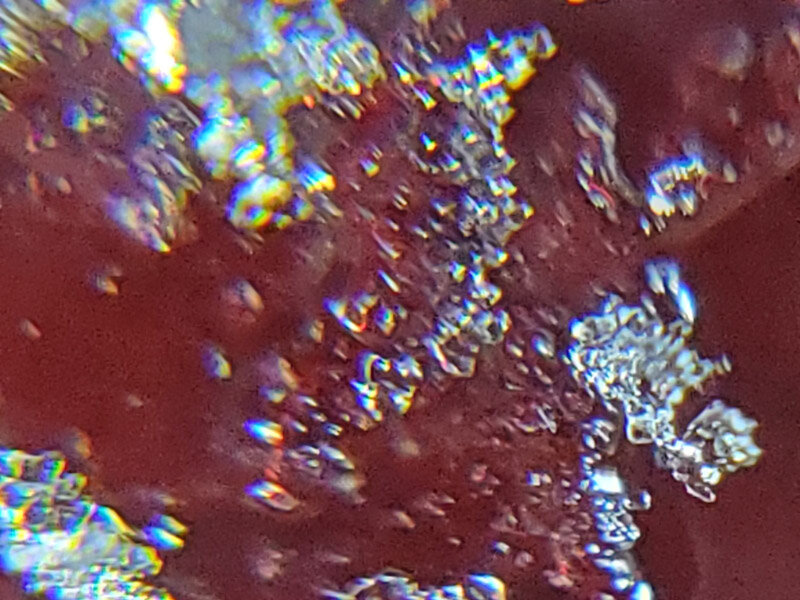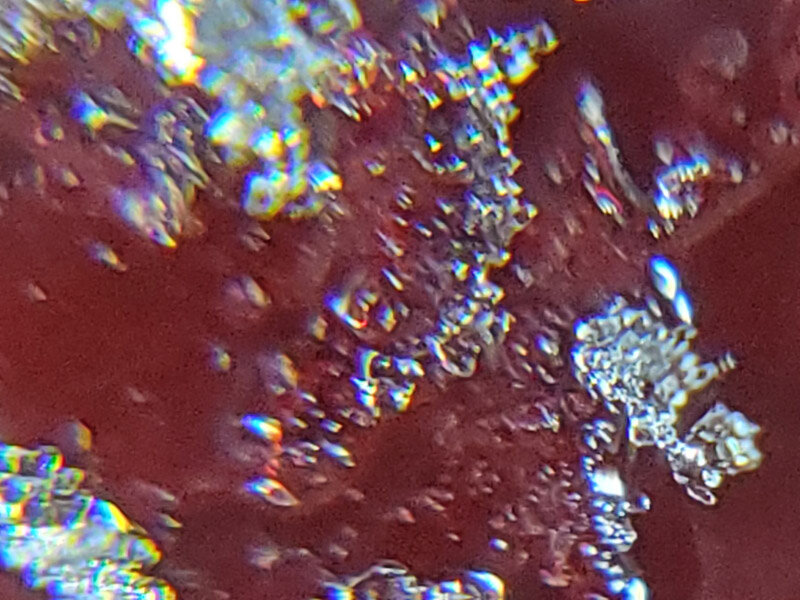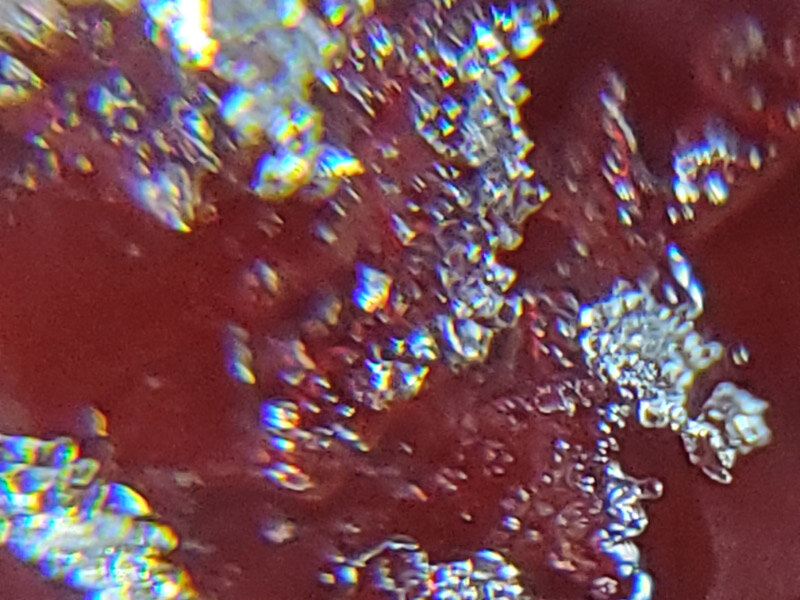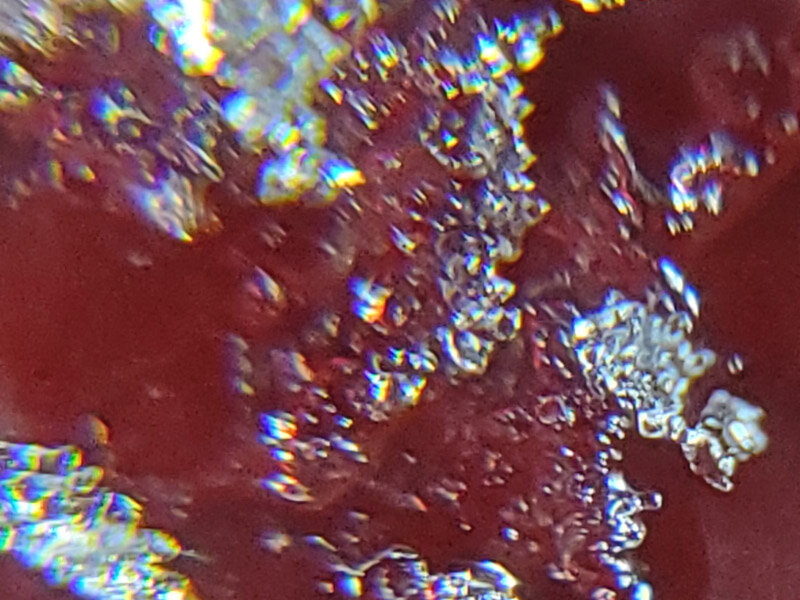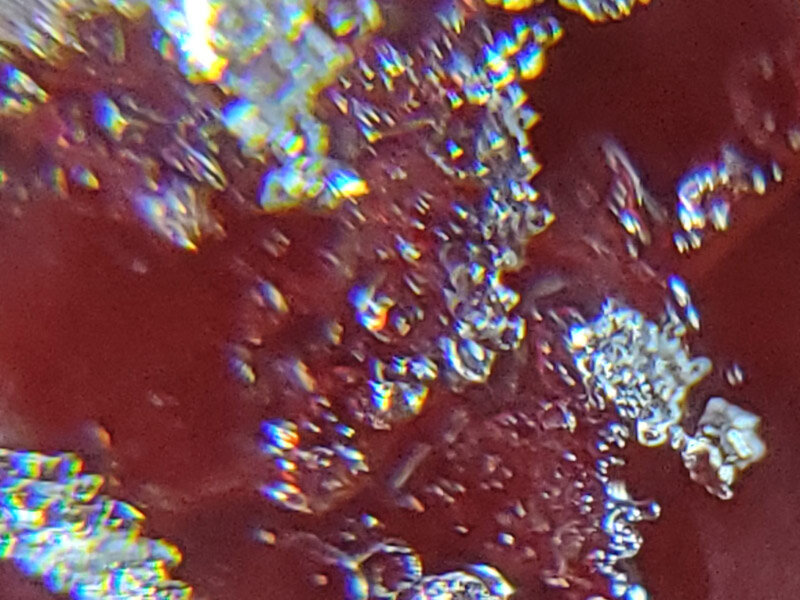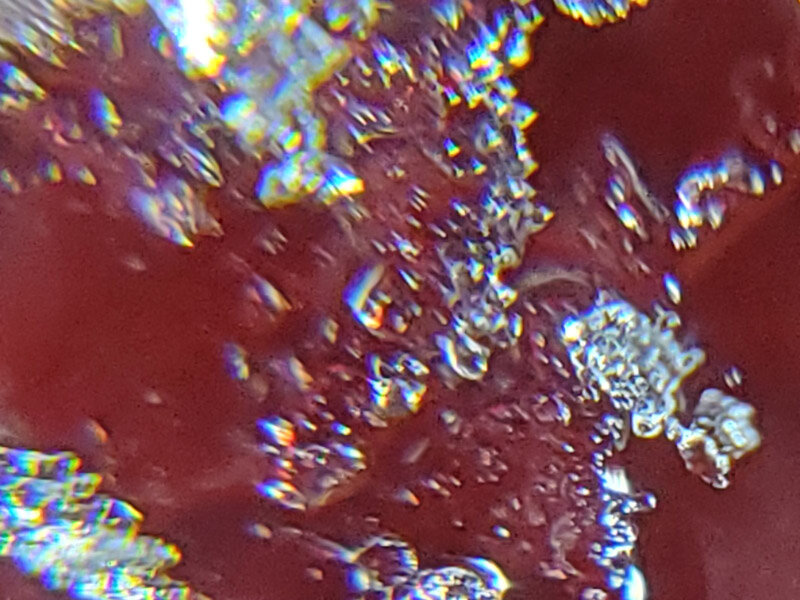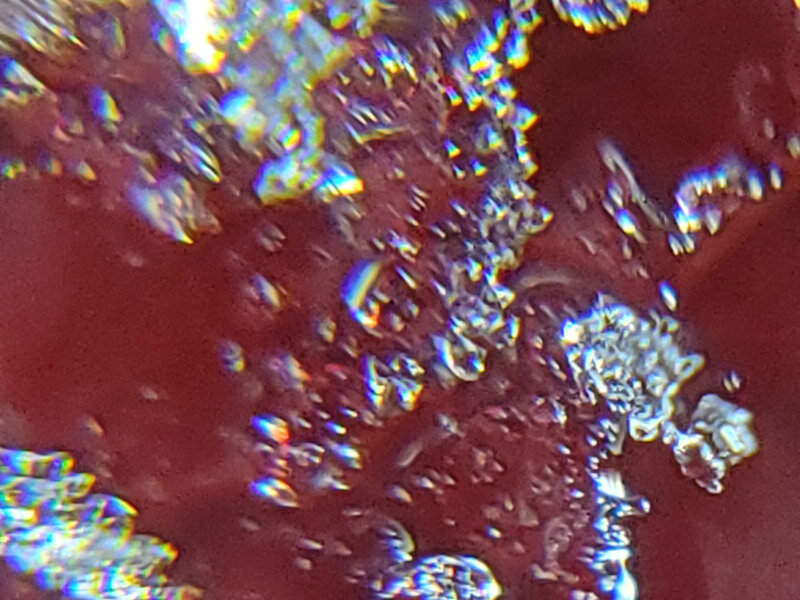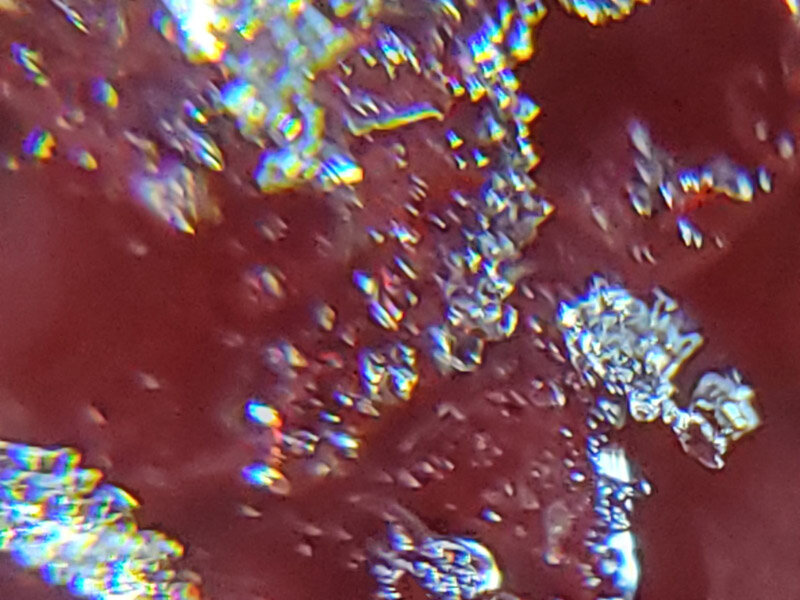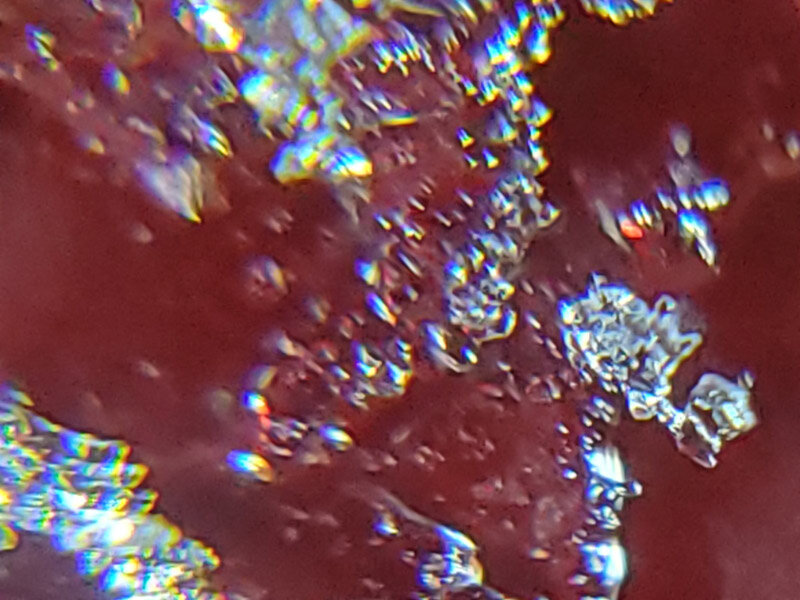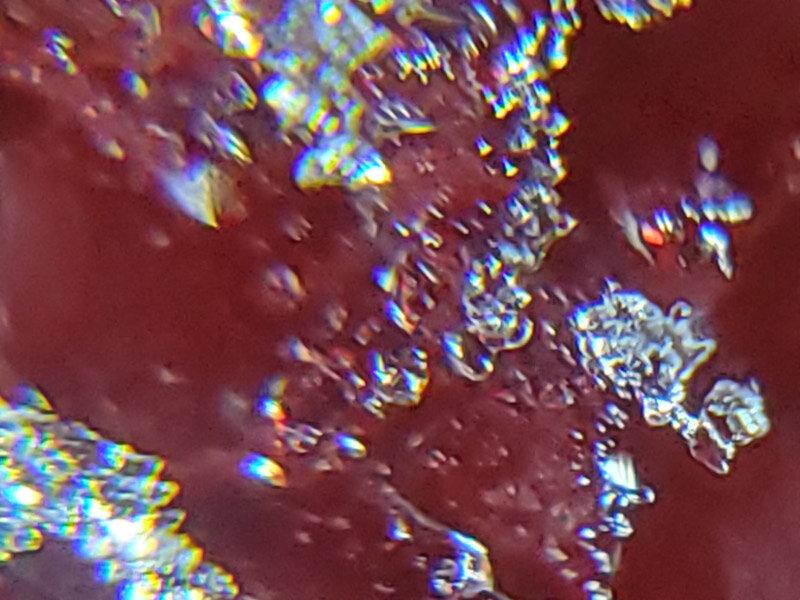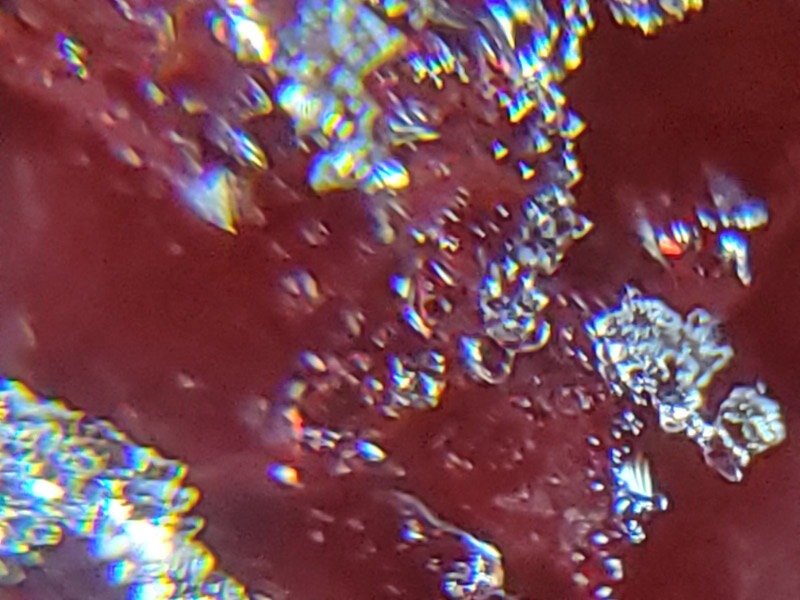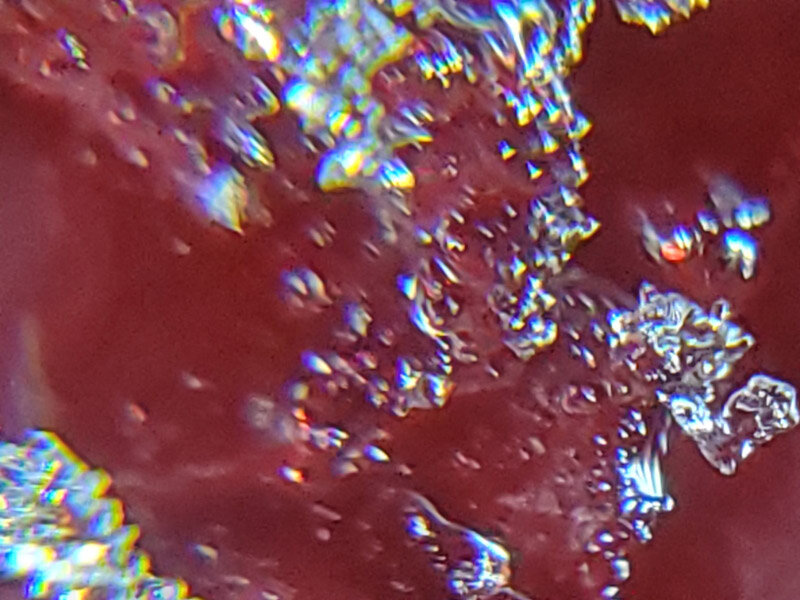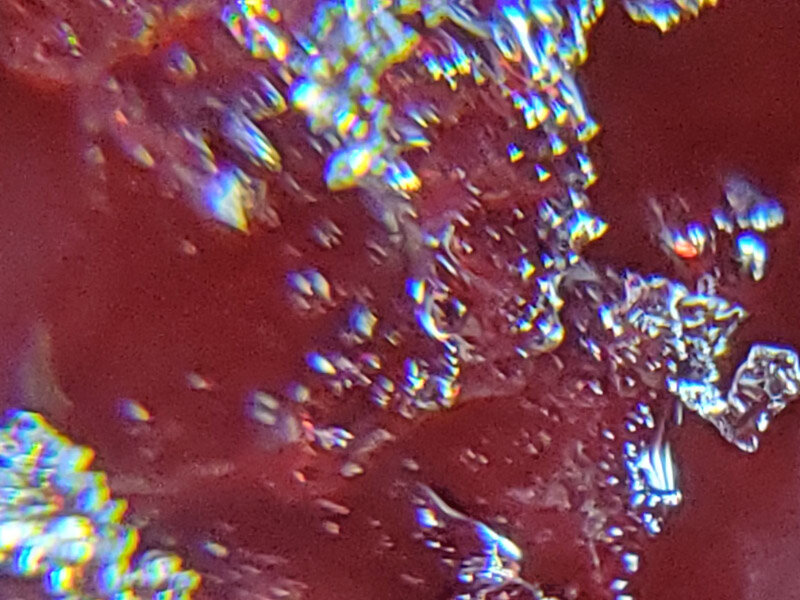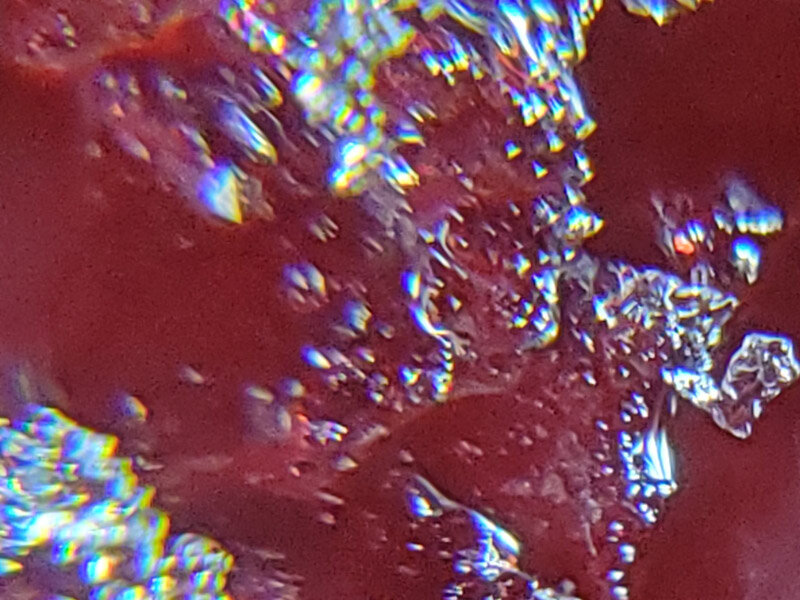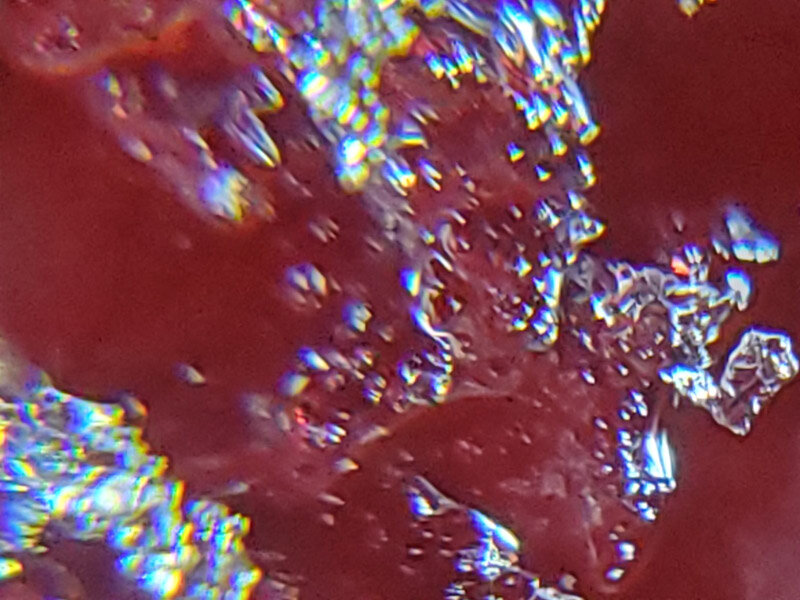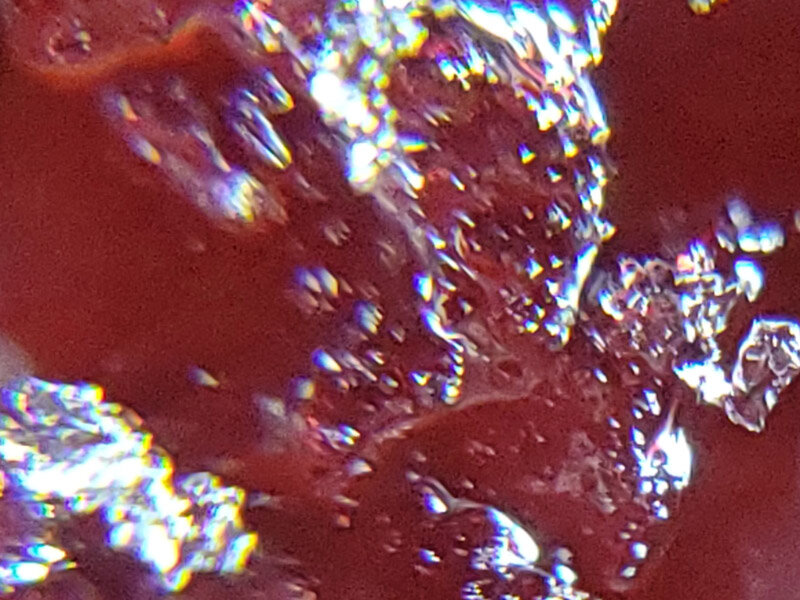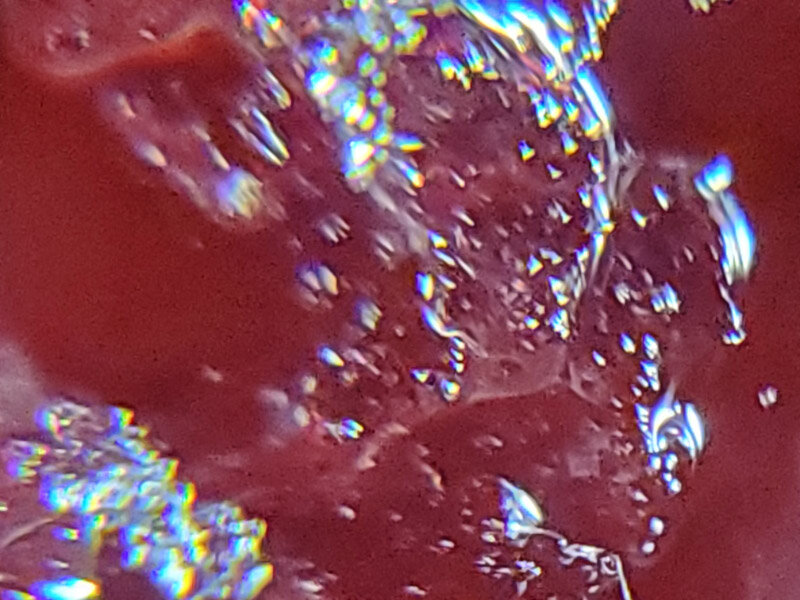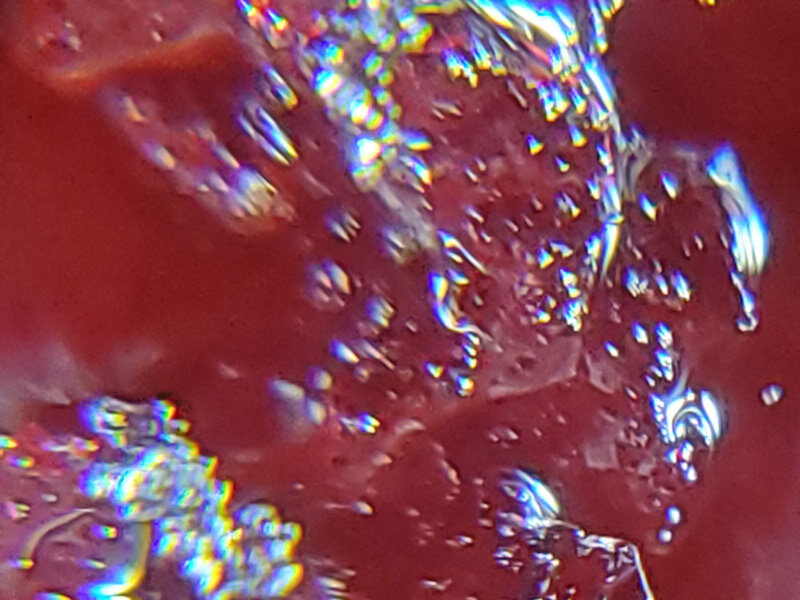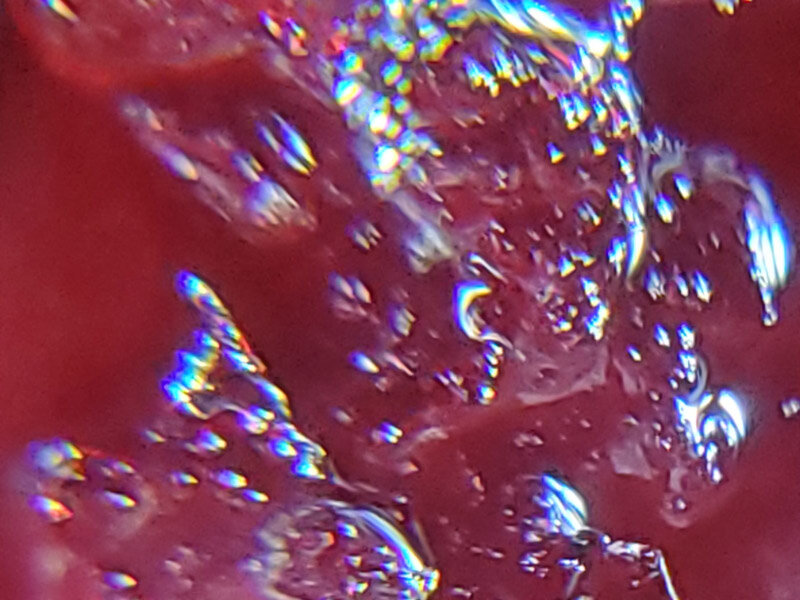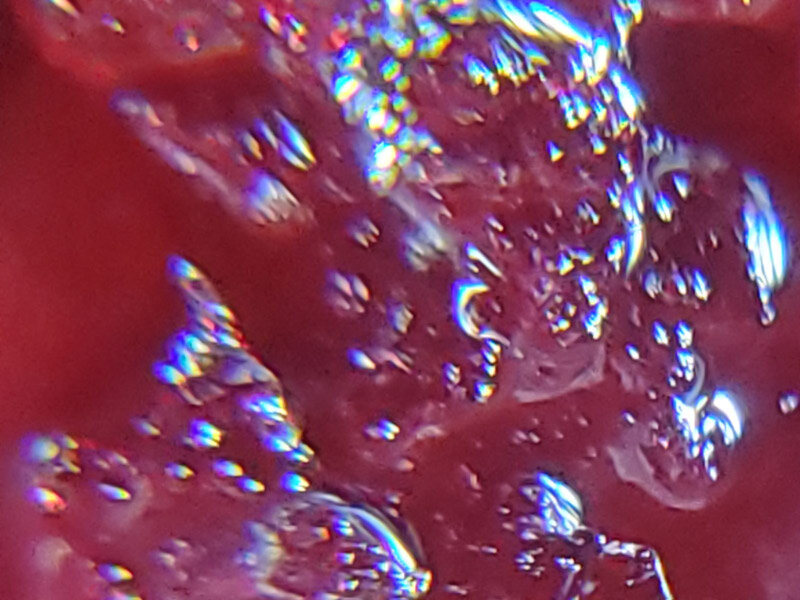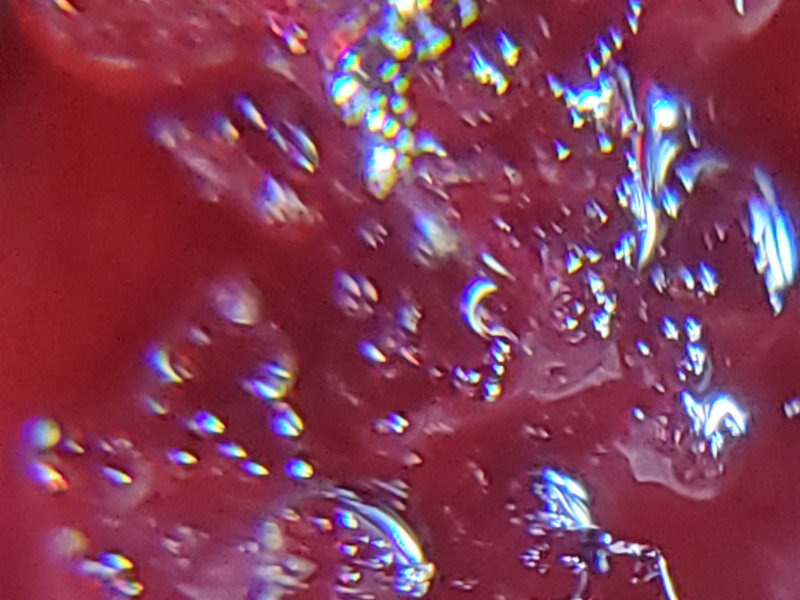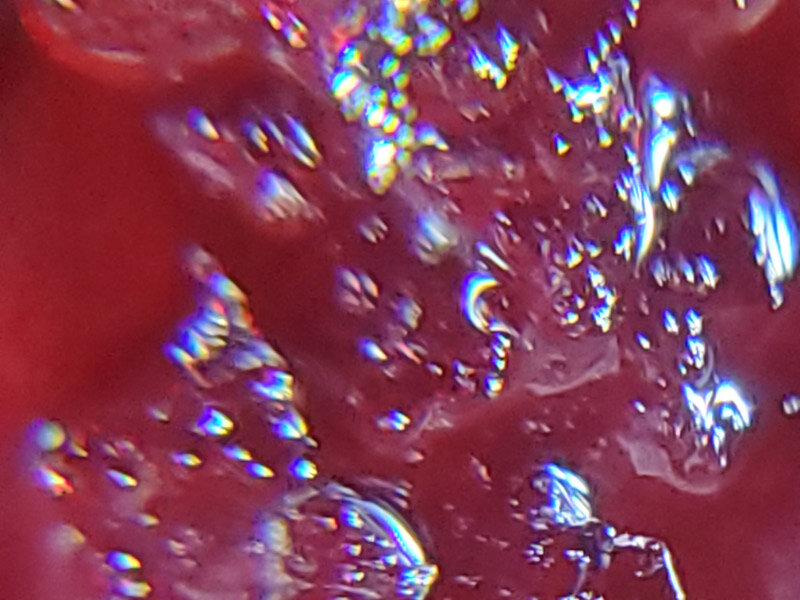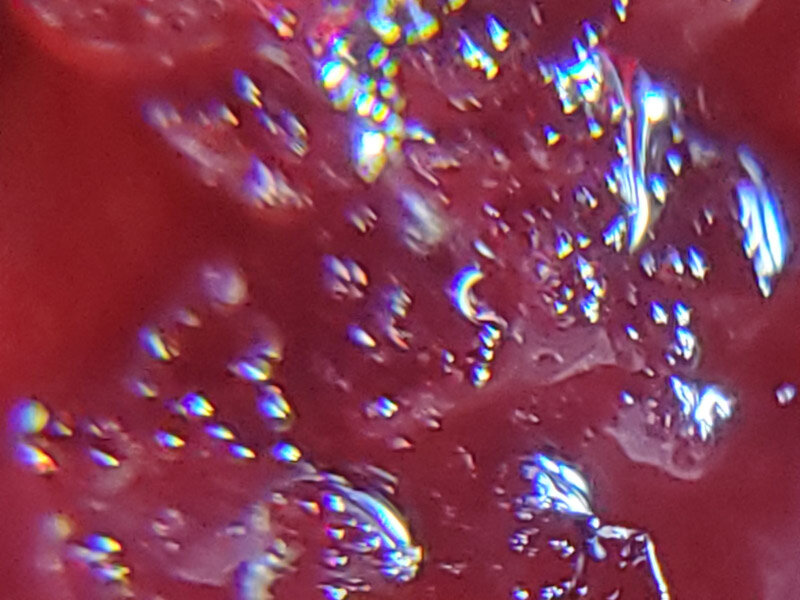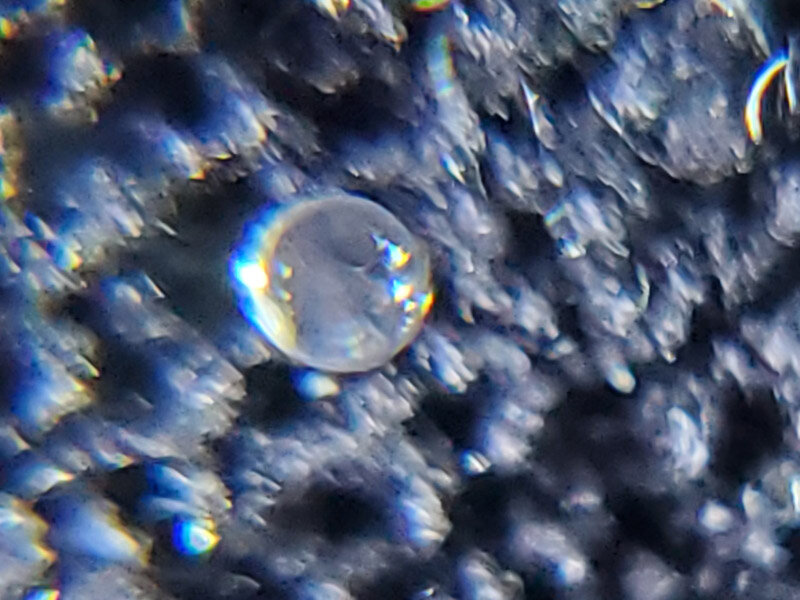Gleanings of the Week Ending May 29, 2021
/The items below were ‘the cream’ of the articles and websites I found this past week. Click on the light green text to look at the article.
How COVID is changing the study of human behavior – Hopefully we are learning something beneficial in the long run from the pandemic….there are also some very depressing aspects of our society that the pandemic has highlighted (that are negative for at least the near term).
Top 25 birds of the week: Bird Migration – I am missing the birds I see most during migration times in Maryland this year since I am in Texas.
Kestrel Cam: A Story from Egg to Falcon – Moving from the 25 pictures…to a detailed picture of a small falcon’s life beginning.
Climate change threatens one-third of global food production – We have lots of reasons to make changes…to stop mistreating our planet and let it recover. This is another one.
Saint Petersburg Keeps the Sea at Bay – A big project started in 1979 and operational in 2011…built to withstand a storm surge from the Baltic Sea of 5 meters.
Thirteenth-Century Angkor was home to more people modern Boston – I was surprised….recent studies have shown other ancient population centers were more populous that previously estimated too.
How cities will fossilize – From BBC Future. Thought provoking…using Shanghai Tower as an example to illustrate what could happen.
Flashy plants draw outsize share of scientists’ attention – ‘Aesthetic bias’ when it comes to choices for research (and probably extends beyond plants).
New Monarch butterfly breeding pattern inspires hope – Signs that the monarch butterflies in the western US might be adapting to changing climate. It’s good to see a little positive news about monarchs.
Egyptian Archaeologists Accidently Discovers 250 Ancient, Rock-Cut Tombs – Still new sites to study even in a country that has been intensively studied for many years. This time the tombs are not ‘royal’ – may provide more insight into how ordinary people lived in ancient Egypt.




